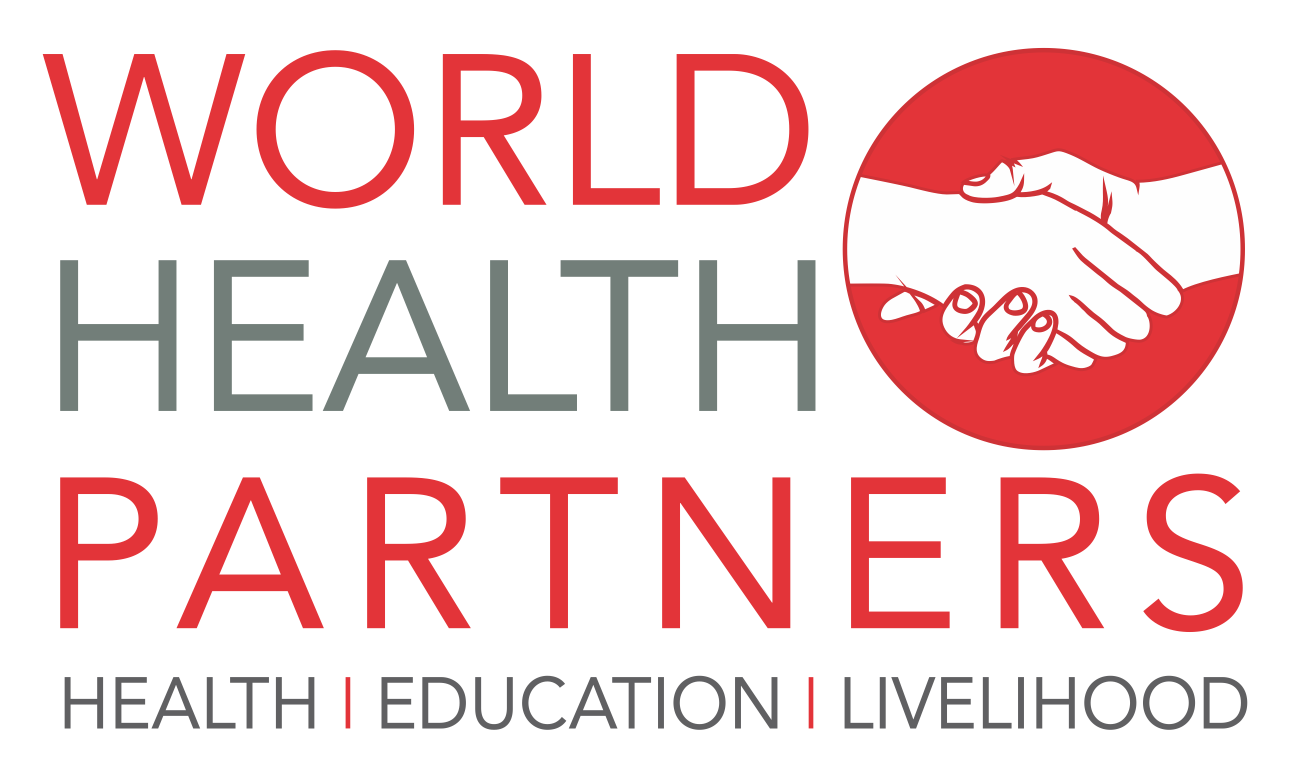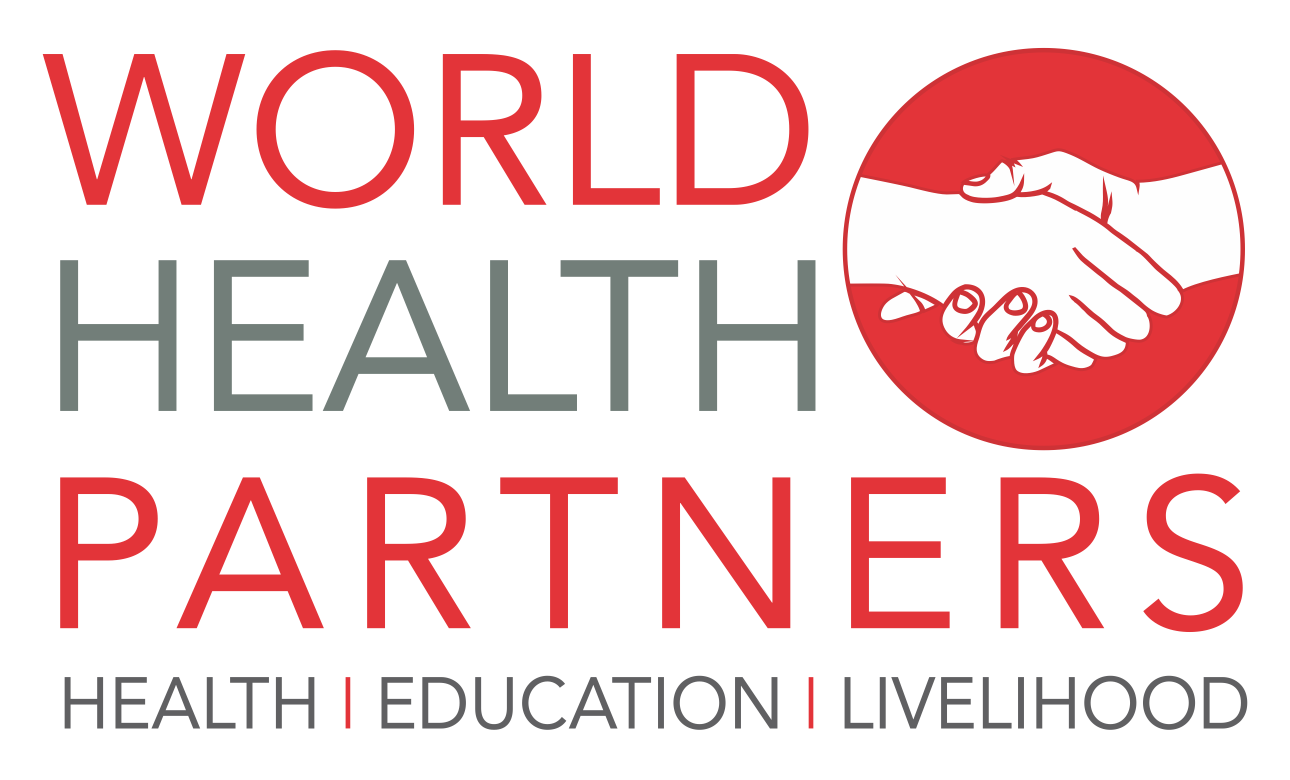We are Pivoting to Broaden Our Focus
World Health Partners is registered as a non-profit organization in India and in the US. Its focus is on delivering health services, reproductive health services, education and livelihood within walkable distance to underserved communities in developing countries.
It is over a decade since World Health Partners set out to deliver primary healthcare to underserved communities, mostly living in interior villages and urban slums. Understanding requisite processes in these low-infrastructure, high-poverty and low-literacy environments to achieve impact has provided critical lessons that determine the course for the organisation in the times ahead.
The processes have delivered mixed results. While WHP has been successful in establishing large networks of service delivery centres deep in the interiors and in deploying digital solutions and management systems to extract higher value from existing resources in these communities, the extent of coverage and its sustainability potential have remained below par. It is evident that making primary healthcare delivery financially viable is not easy. Communities are not too worried about primary health requirements—both curative and preventive—making formalised care price inelastic and often financially unviable. Instead of getting services from a formally qualified doctor, these communities are satisfied with obtaining care from local informal providers or unauthorised pharmacies. Since these local providers have untrammelled access to all medicines in the market, the demand and supply in the rural health markets have found a well-entrenched equilibrium.
This situation, however, is in complete contrast to secondary and tertiary health where even the poorest families would incur significant expense and suffer great inconvenience to get a family member treated in a distant facility of a formally qualified provider if the life is in danger. Given this background, the government’s plan to focus largely on primary health through its health budget and leave the rest to the private sector with a strong underpinning of free insurance and subsidization for the poor makes eminent sense.
WHP has so far largely depended on external financial sources for its programmes. However, donor funds usually have a short life and with India achieving a lower middle income status, even these options are rapidly declining. Donors also usually shy away from absorbing recurrent costs on which, ironically, the entire edifice of a long-term sustainable programme rests. This is the reason why most donor supported programmes wind up when the association ends despite rosy projections about sustainability during the proposal stage.
WHP believes that the programmes should end only when the problem they seek to address is resolved. This has resulted in a strategic pivot with three directional planks:
- Monetise whatever solutions have been developed so far to generate revenues at least at a break-even level
- Partner with the government to draw resources from the national and state health budgets
- Use the technology expertise to make programmes holistic which will cover education and income generation thereby departing from vertical programming
WHP has set out to put this plan in action. The rural networks are currently being charged a financially viable fee for consultations. This network played a crucial role during the Covid-19 pandemic when they became locally accessible centres for oxygen availability. WHP has also already participated in government-supported projects for TB detection/treatment and family planning in which a fixed, pre-arranged sum is paid per output delivered. The government reimbursement is adequate to cover all the costs which makes long-term sustainability possible.
The third plank of education and income generation has also started. The plan is to leverage the classrooms of the informal schools to create access to the best quality city teachers through technology so the project can go to scale quickly. The assets created will also become a channel for skilling to improve livelihoods. Since all schools were either closed or their working hours curtailed during the pandemic, the pilot to test out the technologies and administrative processes could not start in 2020 as originally planned but is now fully underway. The solution used for telemedicine has been repurposed to start the demonstration project in five schools of India’s poorest state. The initial results are extremely encouraging which has now given WHP the confidence to start at scale from the next academic year starting March 2023. The project will become sustainable with the token school fees (currently fixed at Rs 100 ($1.25) a month) since the cost will be spread across a large body of students.
Go to main page know more about healthcare interventions

